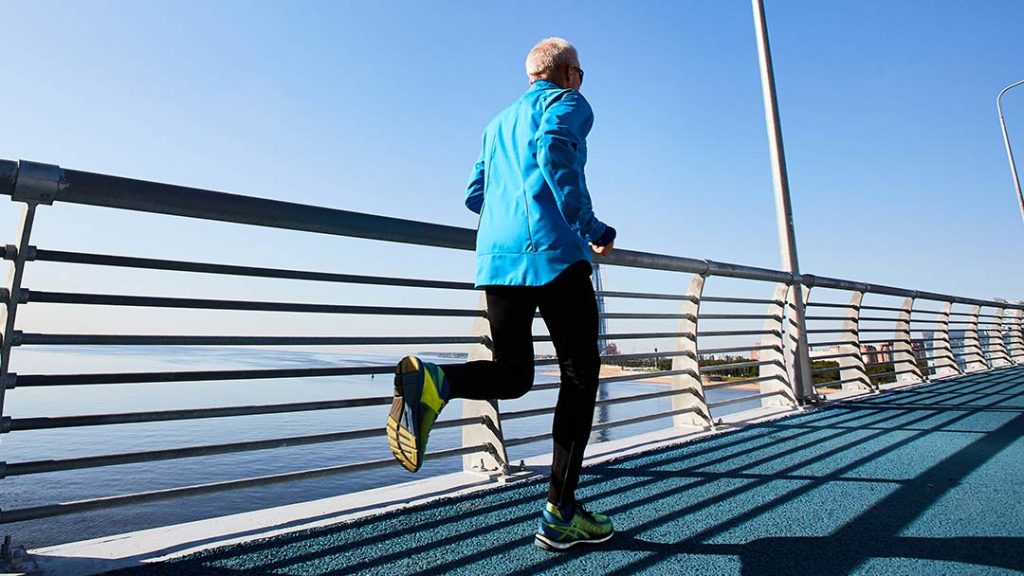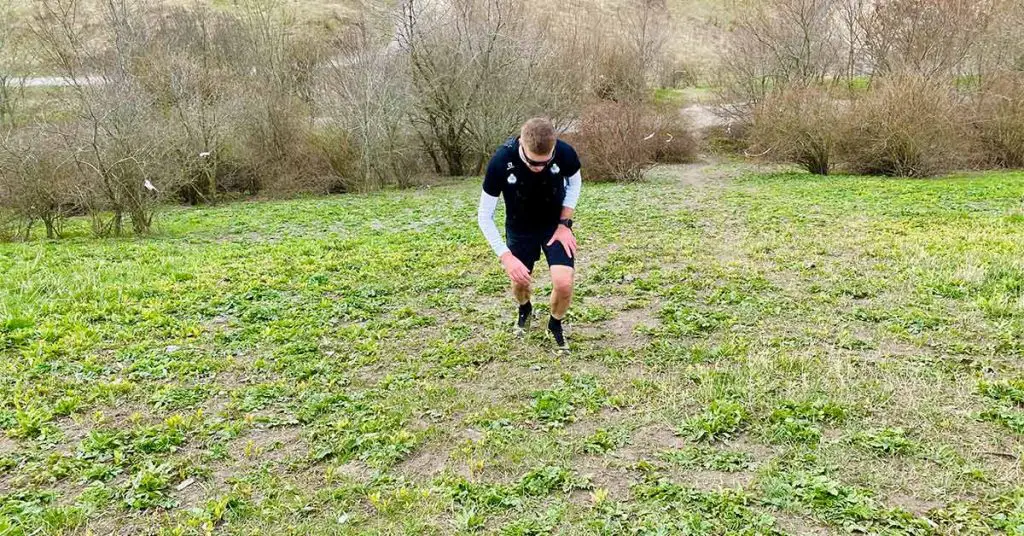Estimated read time: 4 minutes.
Whether you’re training for a marathon or simply trying to improve your running speed, it’s important to know how fast you should be running. Long distance runners need to maintain a certain pace to complete the race, and knowing your ideal speed can help you train more effectively. So how fast should a long distance runner be running? Read on to find out.
The Average Speed of a Long Distance Runner Is About 10 Miles per Hour
The average speed of a long distance runner is an impressive feat, considering they typically run for 1-3 hours in one session. For example, take a marathon: runners must be able to maintain a roughly 10-mile-per-hour pace across 26 miles. Such athletes possess remarkable physical and mental endurance, as the determination required to run at such speeds cannot be understated.
Not only does it require both physical exertion and mental fortitude, but these elite runners must also constantly monitor their output to not overdo it and tire themselves early on in the race. Respect for these competitors goes beyond recognition for sheer athleticism; appreciation is due to the sheer willpower necessary to succeed in long-distance races.
The World Record for the Marathon Is Just Over 2 Hours
Kenyan runner Eliud Kipchoge’s 2019 world record for the marathon, just over 2 hours in length, can only be described as momentous. As a long-distance running phenomenon and a shining example of perseverance and strength, Kipchoge pushed further boundaries than ever before with his incredible feat.
Since then, there has been much fascination from Athletic and non-Athletic communities alike about how he could complete the grueling task in such an unbelievably short amount of time. Breaking barriers and encouraging others to pursue their dreams are just some of the positive impacts this incredible achievement has had on the world.
The Average Person Can Run a Mile in About 8 Minutes
For the average person, running 10 miles can be quite the endurance test, especially if they don’t have much experience with running. It would take them about 80 minutes to cover that distance, meaning that even a moderate amount of training should help reduce their time for future runs.
Regular exercise has fairly immediate benefits, such as increased energy and endurance, so it can be a great feeling to strive towards and eventually reach more difficult goals like running 10 miles faster than before. When trying to reach any physical goal, the most important thing is ensuring you challenge yourself regularly but never push yourself beyond what is comfortable. Good luck!
To increase your speed, you can try interval training
Interval training can be an effective way to increase your running speed. It involves alternating short bursts of high-intensity running with periods of recovery. This speed training teaches your body to handle better and recover faster during intense exercises, resulting in increased efficiency and better performance overall.
You can incorporate interval training into your routine once a week or use it as the main focus of your run two to three times per week. You will likely see a significant improvement in your running speed with practice.
You Can Also Try Weightlifting to Build Muscle and Improve Your Running Form
Weightlifting can be a great workout to supplement your running routine. Weightlifting is known for helping to strengthen the core and leg muscles used while running, helping reduce the risk of injury, and improving form. This will reduce the amount of strain put on your body during long-distance runs by ensuring your legs are in proper running alignment; this can be helpful if you’re trying to reach a new PB or want less fatigue after a run. Adding one weightlifting session per week to your routine can help improve your performance exponentially.
Finally, Make Sure You’re Eating Enough Calories to Fuel Your Runs
The key to a successful running routine often lies in the food you eat. It’s essential to ensure that you provide adequate calories to fuel your runs effectively. Eating nutritious foods before and after exercise can significantly impact how your body recovers and is capable of performing at its peak level.
If you feel fatigued during or after especially strenuous runs, consider your dietary habits and focus on fueling with balanced meals with the correct amounts of carbohydrates, fats, and proteins. Your running will thank you!
Conclusion
To sum it up, running a marathon is no small feat – the world record for the marathon is an impressive 2 hours! If you’re looking to increase your speed, there are several strategies you can employ. Interval training which involves alternating between a fast and slow pace, can help you get faster.
Weightlifting can also give you the power to increase your speed. Furthermore, ensure you are eating enough calories to fuel your runs. Now that you know what it takes to run a long distance at a good pace, start training and see how much faster you can become!
FAQ
Is it okay to run 10 miles every day?
While running 10 miles daily is possible, it’s not recommended for most people. Doing so can put extra strain on the body and may lead to injury without proper rest or preparation. If you want to increase your mileage, do so gradually and always listen to your body.
What should I eat before a long run?
It is essential to fuel your body correctly before a long run to stay energized and achieve peak performance. Try eating a balanced meal with carbohydrates, fats, and proteins, such as oatmeal with nuts and fruit, or a sandwich with lean protein, about 2-3 hours before the run. Also, staying hydrated and drinking plenty of water throughout your training is important.
How can I stay motivated for long-distance runs?
One great way to stay motivated for long-distance runs is by setting goals and tracking your progress. If you have a goal in mind that you’re working towards, it will be easier to stick with your training schedule. You can also try running with a friend or joining a local running club, as they can help keep you accountable and add in some social motivation too! Finally, reward yourself when you reach milestones or accomplish a tough workout – this could be anything from treating yourself to a massage after a big race or taking an extra rest day because you earned it.
- How Many Laps Around a Track is a 5K: Your Guide - October 22, 2023
- When is Track and Field Season? - October 22, 2023
- Understanding the Length: How Long Is a Running Track? - October 22, 2023




